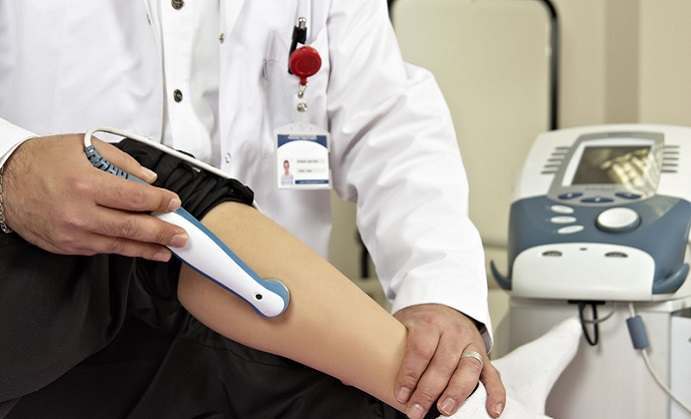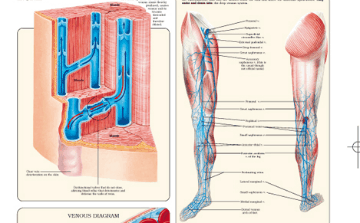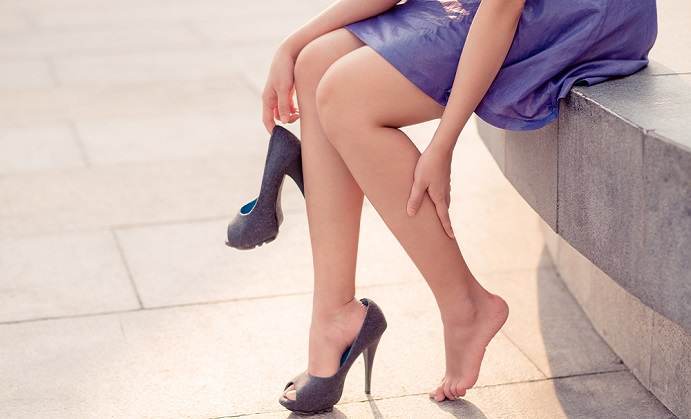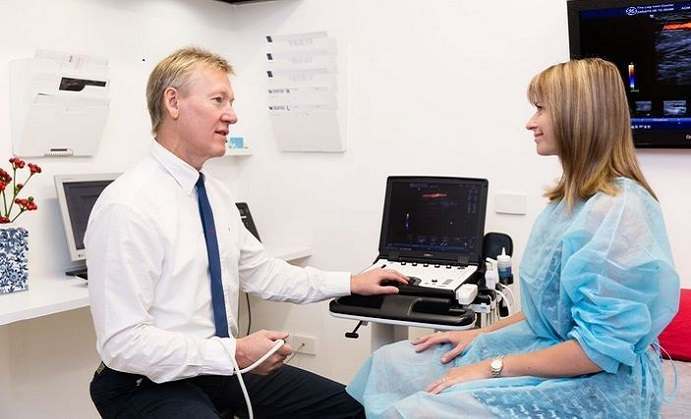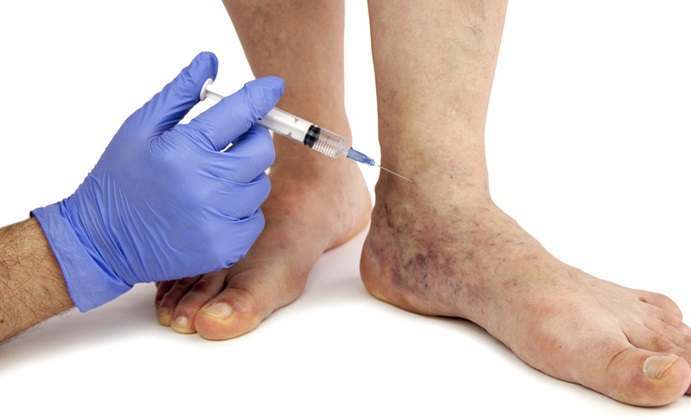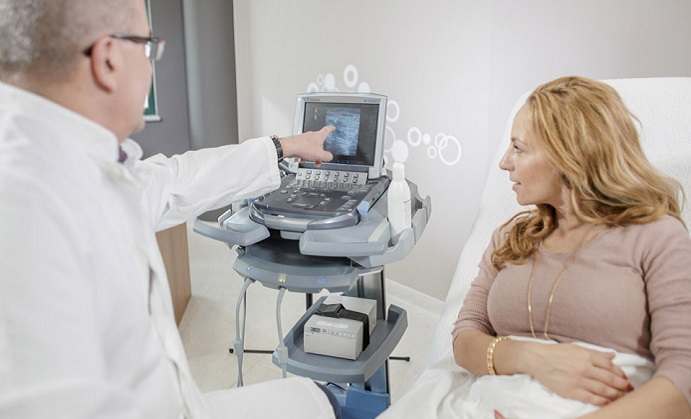Women, more often than men, suffer from varicose veins. Men can also be affected by this condition, but it’s not as common. Also, ageing can trigger the occurrence of varicose veins. It’s a health disorder that affects veins, usually in the lower limbs. Veins become dilated and bulging. Many unpleasant symptoms like irritation, itching, pain, discomfort, discoloration and swelling accompany this condition. Varicose veins treatments should improve the blood flow and repair damaged vein walls.
Treatments for Varicose Veins
 These home treatments are beneficial because they will neutralize some of the risk factors such as obesity and prolonged standing or sitting.
These home treatments are beneficial because they will neutralize some of the risk factors such as obesity and prolonged standing or sitting.
- Watch your weight and keep it close to normal
- Avoid wearing tight clothes, high heels, and uncomfortable shoes
- Exercise several times a week to improve blood circulation
- Rest your legs and take breaks when standing or sitting for a long time
- Wear supportive hoses or compression stockings
- Try some high-quality natural and herbal remedies.
If the listed treatments are not sufficient and your case of varicose veins has progressed, there are some other, more aggressive medical options for treating this condition.
Varicose Veins and Medical Treatments
Medical treatments can be effective, but there is no 100% guarantee. Also varicose veins might reoccur after the treatment. Most common medical treatments of varicose veins are sclerotherapy, laser therapy, vein stripping and endoscopic surgery.
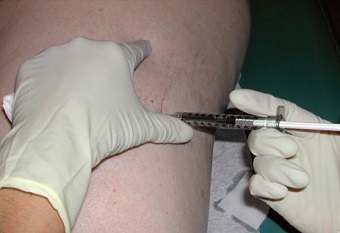 Sclerotherapy can be a painful procedure and can have some side effects. It is performed by a medical doctor. He injects a solution into the damaged vein with a tiny needle. It causes the vein to collapse. To drain the blood from the damaged vein before the injection legs are elevated. Also, bandages are used to create external pressure. You should wear compression stockings for a day or two after the procedure. Different types of the sclerosants can be used.
Sclerotherapy can be a painful procedure and can have some side effects. It is performed by a medical doctor. He injects a solution into the damaged vein with a tiny needle. It causes the vein to collapse. To drain the blood from the damaged vein before the injection legs are elevated. Also, bandages are used to create external pressure. You should wear compression stockings for a day or two after the procedure. Different types of the sclerosants can be used.
Laser treatment is a bit less aggressive than sclerotherapy. The doctor inserts a heat probe into the varicose vein. It will cause the vein to shrink. Side effects are similar to the ones that occur after sclerotherapy. You will also have to wear compression stockings to prevent the blood from entering the treated vein. There is a short recovery time.
Vein stripping is a surgical procedure. It will take more time to recover from it than from other nonsurgical treatments. The doctor will make small incisions and remove the damaged vein. He can also make a hole in a damaged vein to drain the blood and other fluids from it. Side effects can include infection, bruises on the operated area, bleeding and adverse reactions to anesthetics.
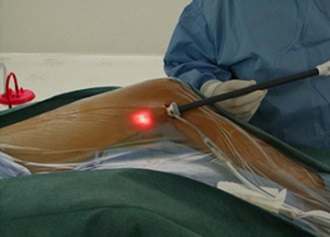 Endoscopic surgery is performed only on severe cases of varicose veins. The doctor will put the camera inside the vein to assess the condition. It will help him find the problematic areas. The surgical instrument at the end of the camera will then close off the vein. Side effects and post-operative procedures are similar to the ones when vein stripping is performed.
Endoscopic surgery is performed only on severe cases of varicose veins. The doctor will put the camera inside the vein to assess the condition. It will help him find the problematic areas. The surgical instrument at the end of the camera will then close off the vein. Side effects and post-operative procedures are similar to the ones when vein stripping is performed.
There are many different treatments for varicose veins, from home remedies and lifestyle changes to invasive and expensive medical procedures.
You should always consult with your physician to get recommendations for the best solution for your condition.


